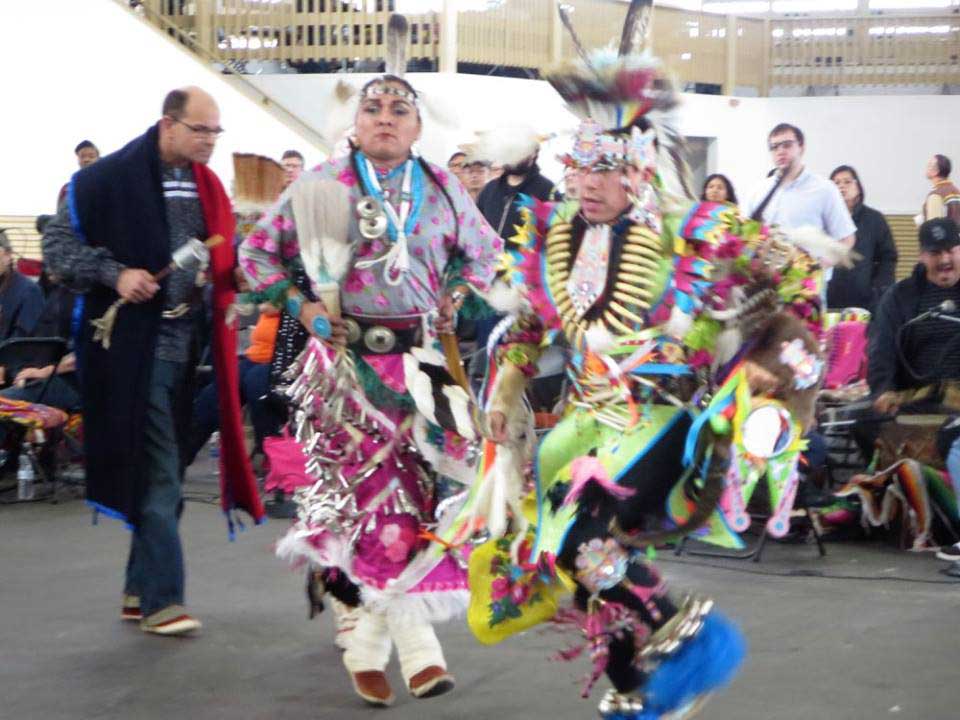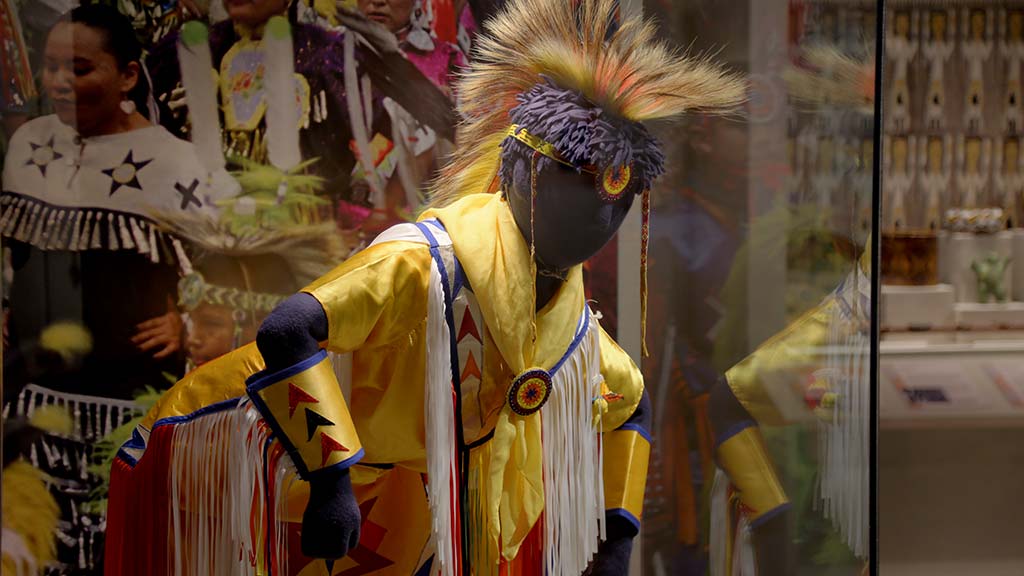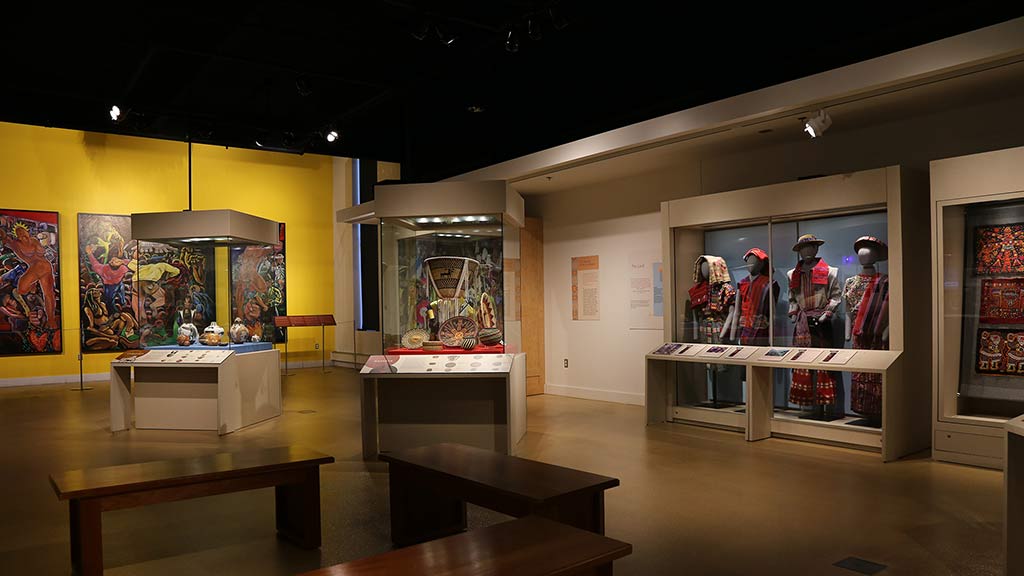
After Queer It Week: American Indian Two-Spirit Powwow and Dance
- Post Date: 4/13/2017
- Author: Xuxa Rodriguez
- Reading Time: 7 minute read
Last week was Queer It Week on campus and Spurlock is continuing the celebration! We’re featuring the Bay Area American Indian Two-Spirit (BAAITS) Powwow to highlight queer identities across contemporary Native American communities.
BAAITS recently held their 6th annual powwow on February 4, 2017. BAAITS is a community organization dedicated to producing culturally relevant programming for lesbian, gay, bisexual, transgender, and intersex Native Americans. According to BAAITS’ website, two-spirit is a name for third gender in many Native American communities wherein someone identifies as LGBTQI, gender variant, or having both feminine and masculine spiritual qualities.
-
Rick Bacigalupi’s promo video for BAAITS 6th annual powwow in February of 2017.
A powwow is a public or private social gathering that often includes a dance competition. Powwow dances can be categorized by specific identities, including age, gender, and sometimes social "achievement" categories such as marital status. The BAAITS Powwow promotes an inclusive environment by de-gendering dance categories, i.e. dancing the Fancy Shawl instead of the Women’s Fancy Shawl.
The powwow featured dancers performing a range of dances including the Gourd dance, Buckskin/Cloth Dress, Jingle Dress, Fancy Shawl, Northern Traditional, Southern Straight, Chicken, Grass, Fancy Bustle, Intertribal/Social dances, and Potato dance. The 2017 powwow program affirmed:
"Using these terms is necessary to providing a safe space for the diversity of our community. BAAITS is modeling the appropriate terminology, so that the BAAITS Powwow makes dancers feel safe to honor their spirit of who they are inside, versus only the outside body appearance. By erasing genders of each dance category, BAAITS is allowing one’s spirit to manifest and express itself."2017 BAAITS Program
-
 Buffalo Barbie and Justin Goggles-Keka, head staff, dancing at the BAAITS 6th annual powwow in February of 2017.
Buffalo Barbie and Justin Goggles-Keka, head staff, dancing at the BAAITS 6th annual powwow in February of 2017.
source: https://www.facebook.com/baaitscommunity/ (external link)
The Grass Dance is one of the oldest tribal dances in North America, one that Spurlock visitors can learn more about when they visit Joseph and Steven Podlasek’s Grass Dance regalia on loan for display in the Museum’s permanent exhibit, North America: "People of the First Nations". While the regalia was not made for a queer identified dancer, it was made and worn by a young boy Grass Dancer from Chicago. The regalia’s colorful fringes would sway in the air like windblown prairie grass when dancing to the beat of Grandfather Drum.
-
 The Grass Dance regalia currently on loan for display in Spurlock's permanent exhibit, North America: "People of the First Nations."
The Grass Dance regalia currently on loan for display in Spurlock's permanent exhibit, North America: "People of the First Nations."
We invite you to think of ways that an object, like the Grass Dance regalia, can have multiple material meanings. Knowing more about the BAAITS Powwow, how can you think of the ways that objects can be made to represent identities? How can you reconceive of objects made for specific identities to be inclusive of identities that their purposes may not have included at first, such as creating and naming regalia for a specific gender or social identity and renaming it to include queer identities?
Watch our blog in June as we celebrate National Pride Month! To learn more about the powwow, visit Bay Area American Indian Two-Spirits (external link). To learn more about the community, learn about the award-winning documentary Two Spirits (external link).
-
- Share:
- Subscribe to Newletter
- Giving
